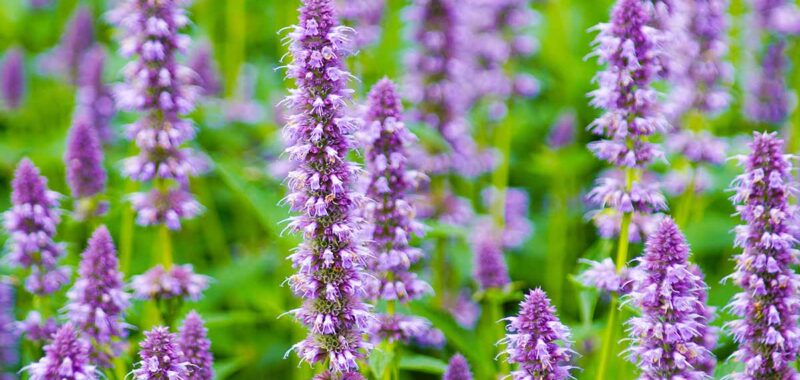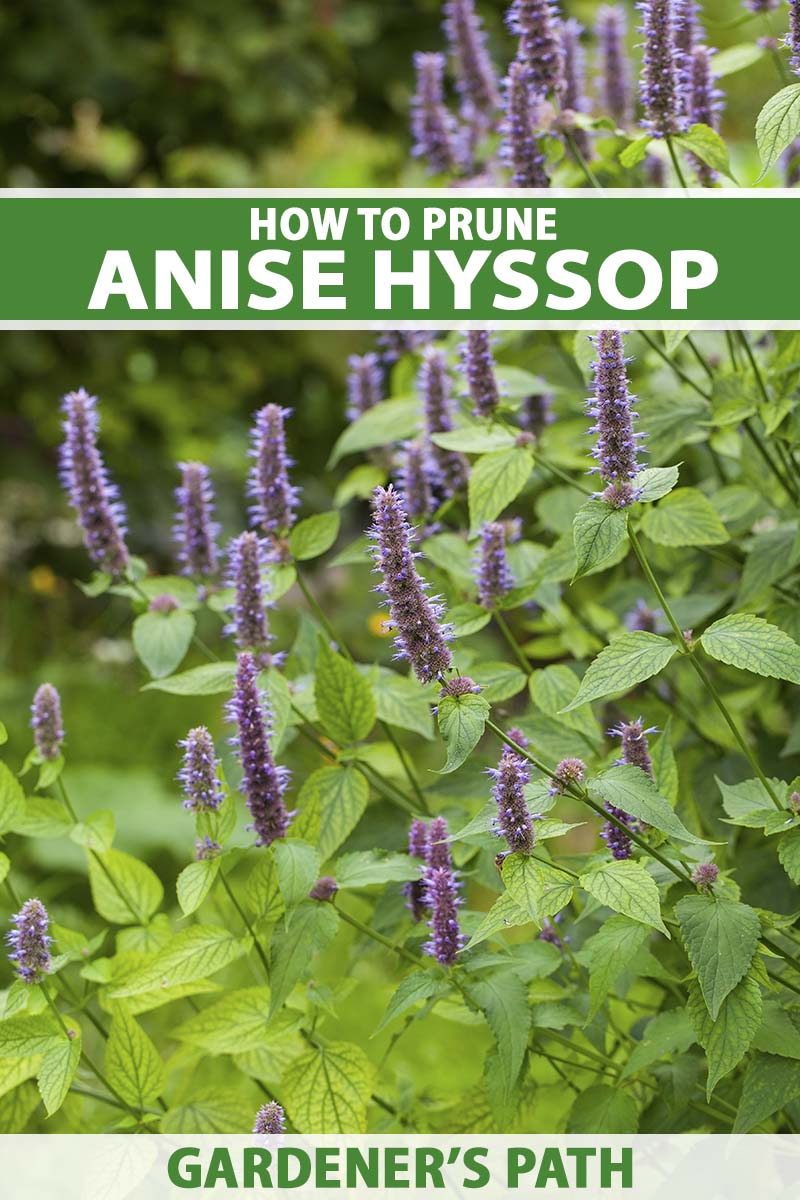Aromatic anise hyssop, Agastache foeniculum, is a short-lived, summer-to-fall blooming perennial for Zones 4 to 9 with spikes of blue, lavender, or white blossoms.
It’s a member of the mint family that grows for about three years but reseeds liberally under ideal conditions.
A fast-growing, edible flower, anise hyssop thrives in full sun to part shade locations with average, well-draining soil.
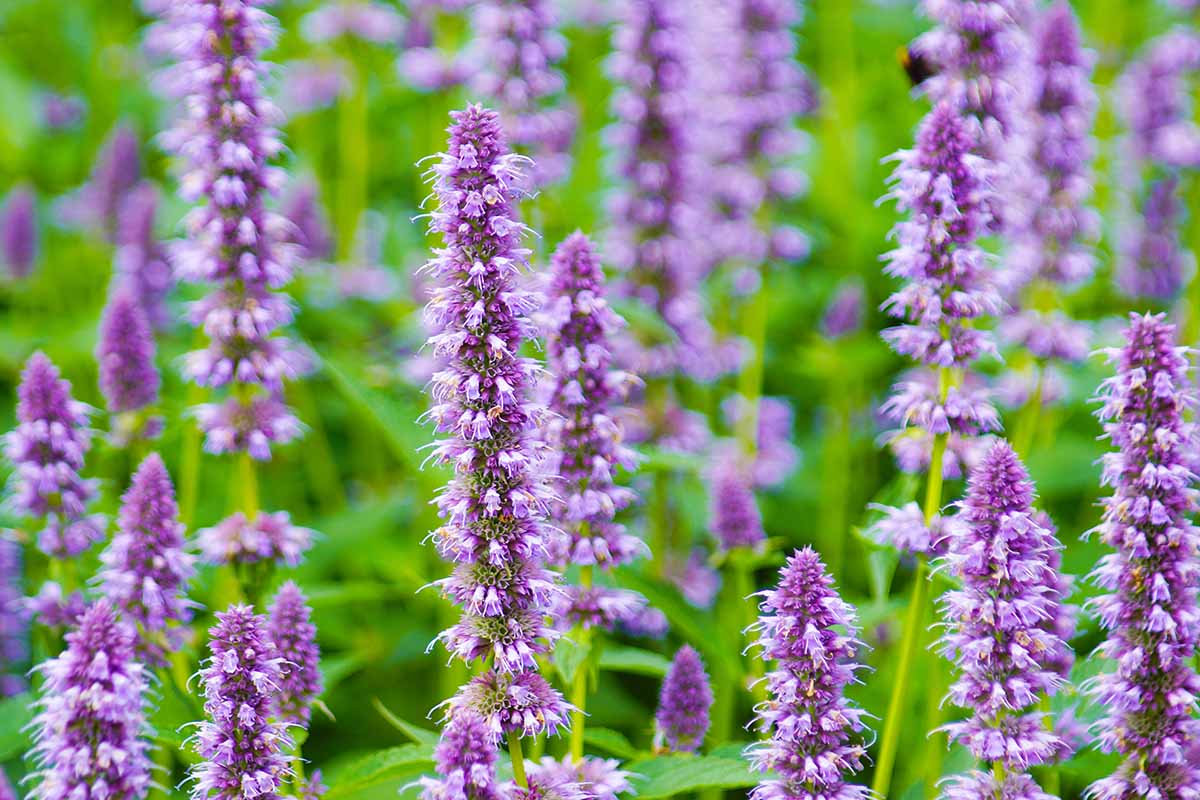

We link to vendors to help you find relevant products. If you buy from one of our links, we may earn a commission.
Mature heights are 24 to 36 inches with a spread of 18 to 36 inches. Plants are easy to start from seeds, stem cuttings, or by dividing existing specimens.
Our guide to growing anise hyssop has all you need to know to introduce this colorful species to your landscape.
This article discusses how to prune anise hyssop plants. Here’s what we’ll cover:
Let’s begin!
Natural Growth Habits
Anise hyssop has an upright, clumping growth habit and spreads via underground rhizomes and self-seeding.
The green, elliptical foliage emerges with a tinge of purple. When crushed between the fingers, it emits an aroma resembling a combination of basil and anise.
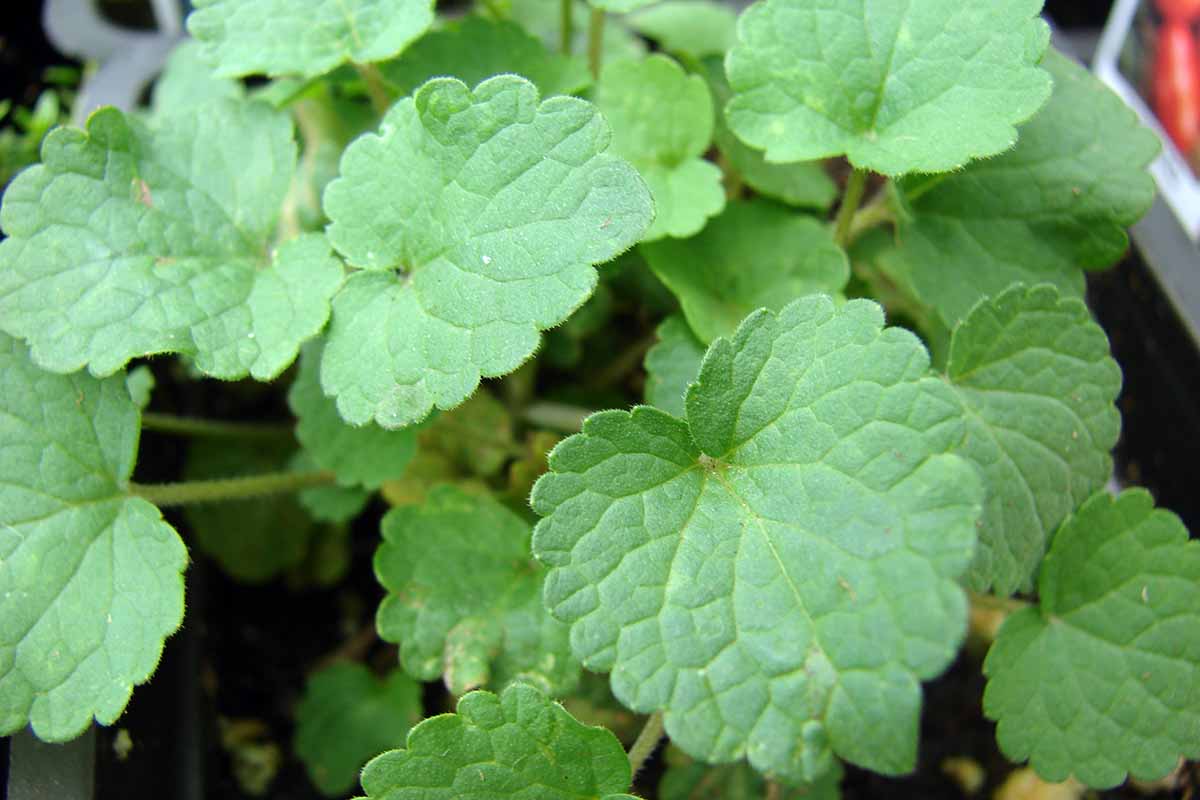

Unscented, two-lipped tubular blossoms cluster in dense spikes at the terminal ends of the stems from June to September, providing nectar for beneficial pollinators.
Sterile hybrids, like ‘Blue Fortune,’ do not set seed, but those that do provide late-season nourishment for foraging songbirds.
Plants die back with the first frost, emerging once again the following spring.
Reasons for Trimming
There are various reasons for pruning your anise hyssop plants, including:
- Collecting stems for bouquets
- Deadhead spent blossom spikes
- Encourage a more compact form
- Remove damaged, diseased, infested, or wayward stems
- Clearing dead foliage
Let’s talk about each.
Collecting Stems for Bouquets
A. foeniculum is a popular cutting garden flower that pairs well with bee balm and coneflower as they have similar cultural requirements.
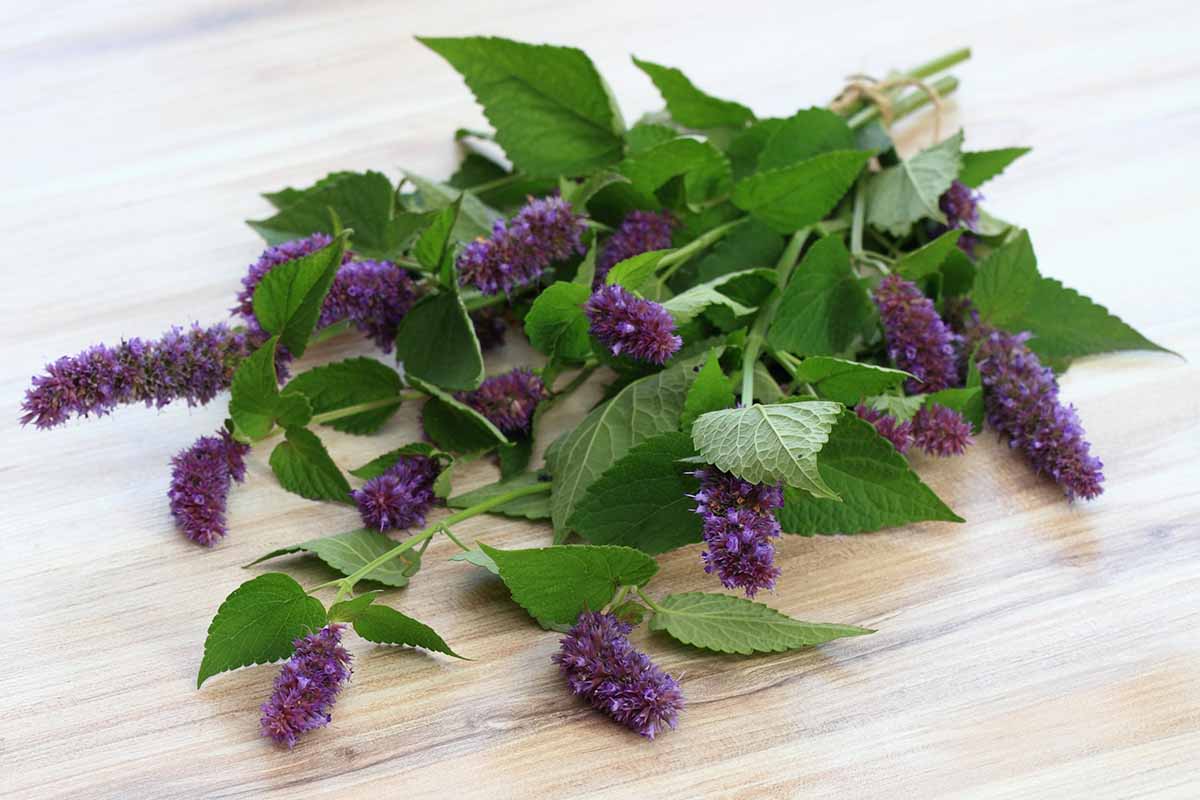

Cutting stems for vase arrangements shortens their stature, promotes lateral branching, and reduces legginess.
Deadheading Spent Blossom Spikes
Deadheading is the process of removing spent flowers before they have a chance to set seed.
When all of the tiny blossoms on a spike fade, clip off the entire stem just above a pair of leaves. From this natural growing point, horizontal stems will sprout.
Deadheading promotes more blooming, creates a compact form, and limits self-sowing.
Encourage a Compact Form
Pruning to foster bushy, rather than leggy growth helps anise hyssop to be a well-behaved garden companion that doesn’t flop over on its neighbors.
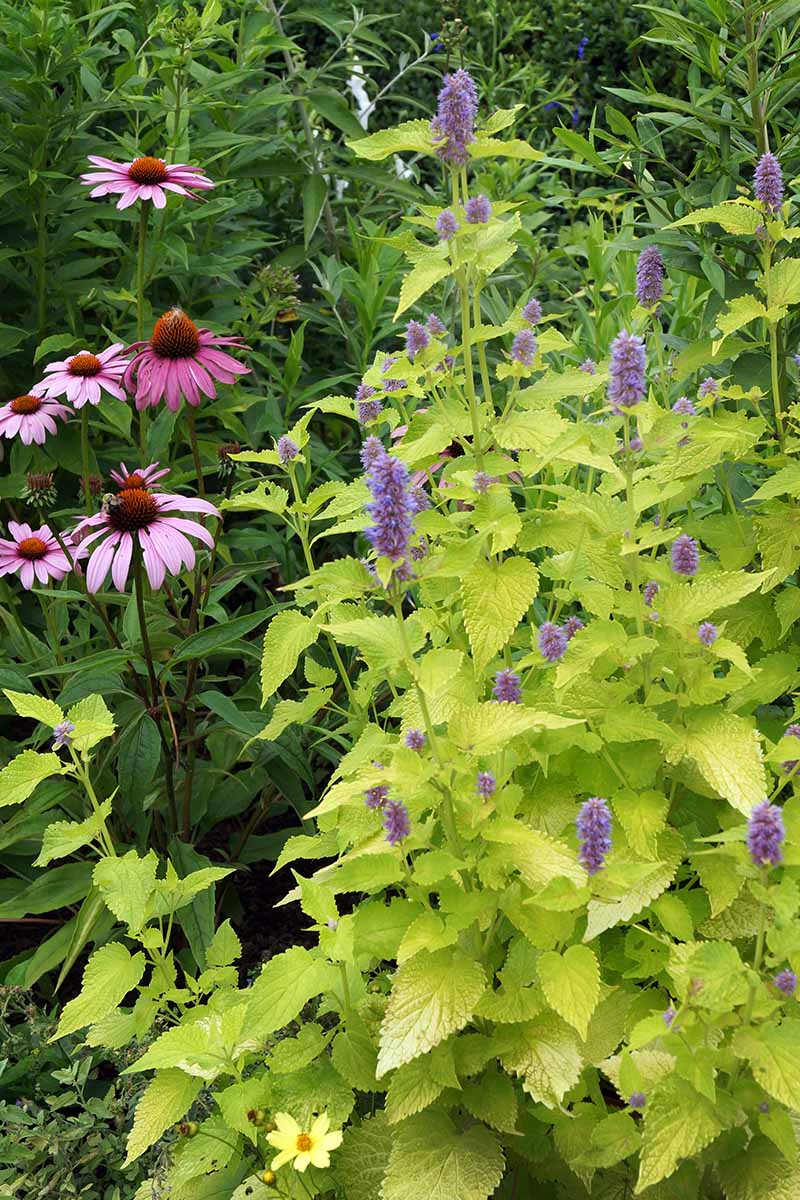

Begin in early spring by trimming the stems to remove one-third of the plant’s height.
As the leaf tips regrow, pinch off the first one or two sets of leaves until summer begins to continue to encourage bushy foliage.
Damaged, Diseased, Infested, or Wayward Stems
If a stem bends or breaks, cut it off just above the first pair of leaves below the point of breakage, or at any height you desire. Be sure to make your cut above a pair of leaves.
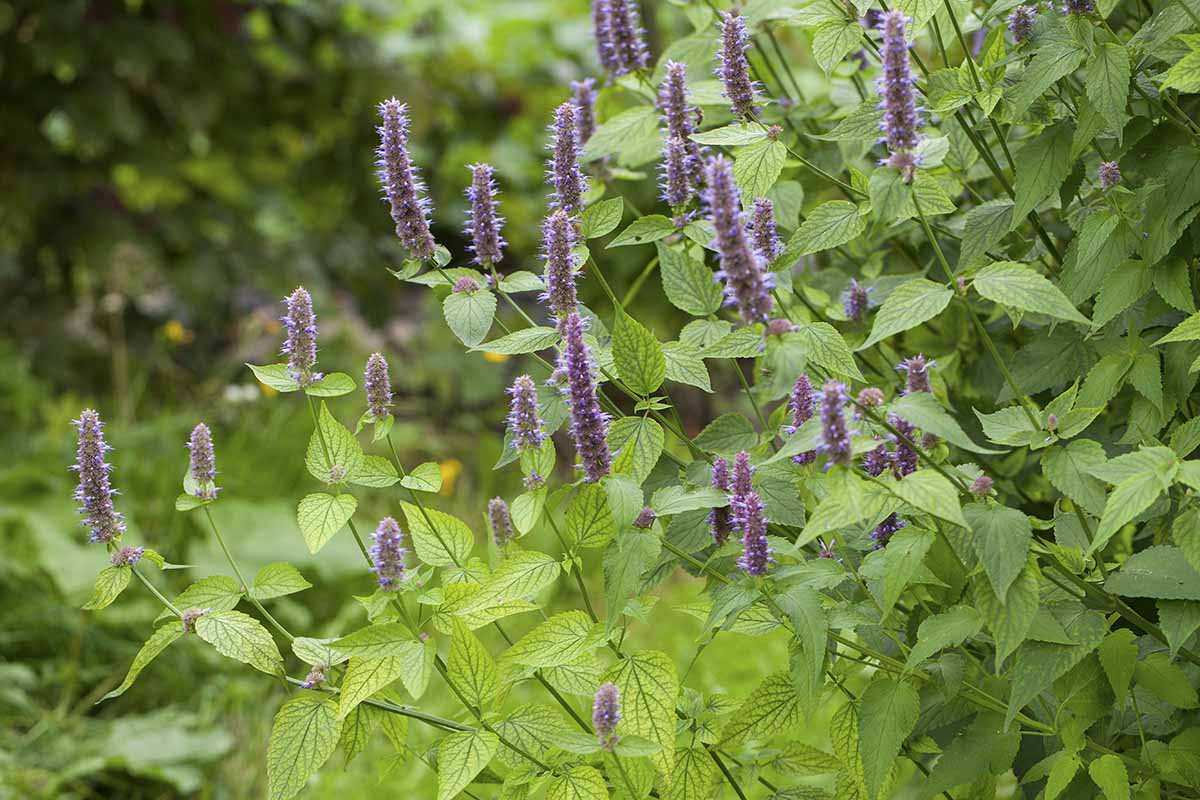

Where disease or pest damage is severe, remove entire stems to slow the progress of disease and tidy up appearances. Clean your pruners afterward and dispose of the clippings in the trash.
You can use stakes to support long stems or shorten those that flop over to prevent breakage.
Make all cuts just above a pair of leaves to jumpstart regrowth and promote blooming.
Clearing Dead Foliage
At season’s end, you have two options: Leave the stalks and any remaining seed heads in place for winter interest or cut them to the ground.
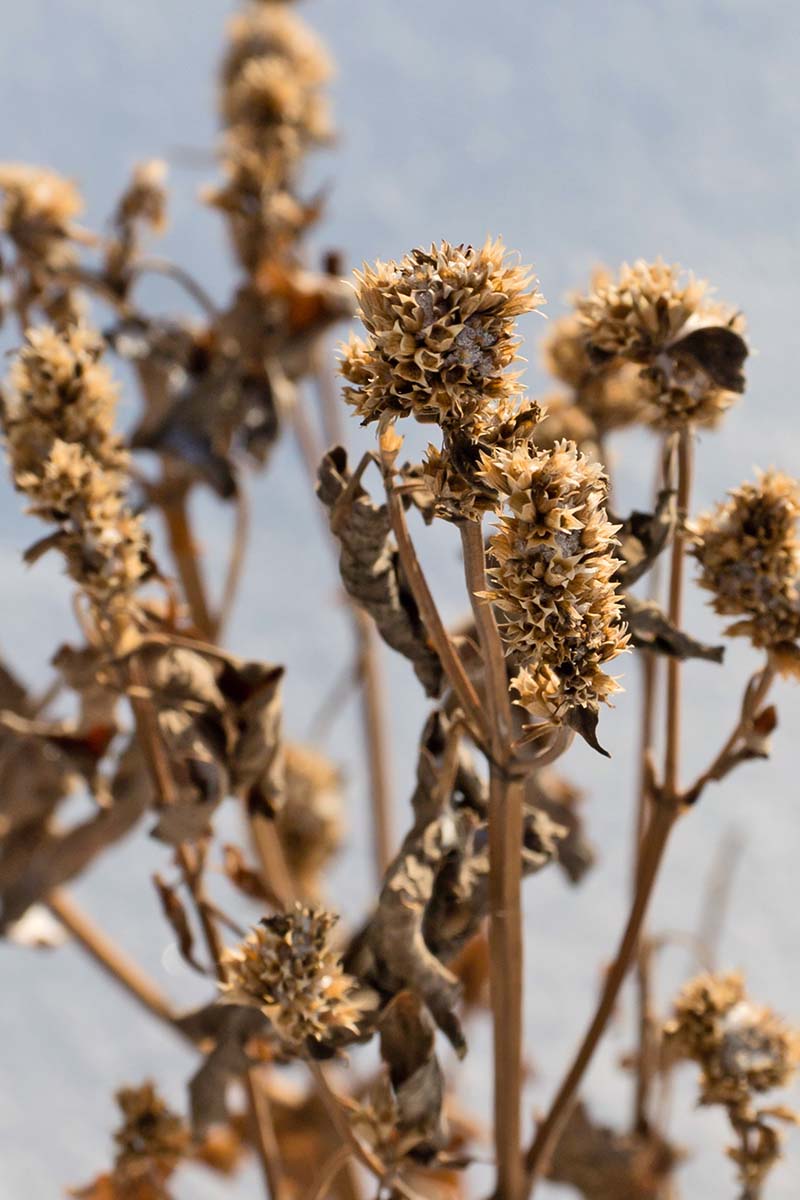

To tidy up the garden, cut the stems just above the crown and remove all debris.
If you leave them in place, cut them just above the crown when new foliage appears the following spring.
Don’t trim the stems after a frost, as cutting them while they are mushy may result in crown damage.
Pruning Tips for Success
Pruning is stressful for plants. Minimize the impact by watering as needed the day before and working early on a cool morning out of direct sunlight.
Before taking up your shears, sanitize them in a solution of nine parts water to one part bleach, rinse, and dry thoroughly.
Sharpen your shears as needed to ensure clean cuts. Pruning cuts with jagged edges are prone to poor healing, disease, and pest infestation.
Wear gardening gloves for protection from garden allergens and pests.
As mentioned, make all cuts just above a pair of leaves, a natural growing point most likely to regenerate new foliage and branching.
Never remove more than one-third of the volume of the plant or you risk severe stress and possible plant death.
Clean your shears between plants and when you are through for the day. Wash your garden gloves regularly or clean per manufacturer’s instructions.
Finally, dispose of diseased or pest-infested material in the trash.
Well-Groomed and Companionable
Because A. foeniculum is easy to cultivate in various soil types and is drought tolerant once established, gardeners may wish to leave the plants to their own designs. But if you do this, your anise hyssop is likely to become leggy and look a little weedy.
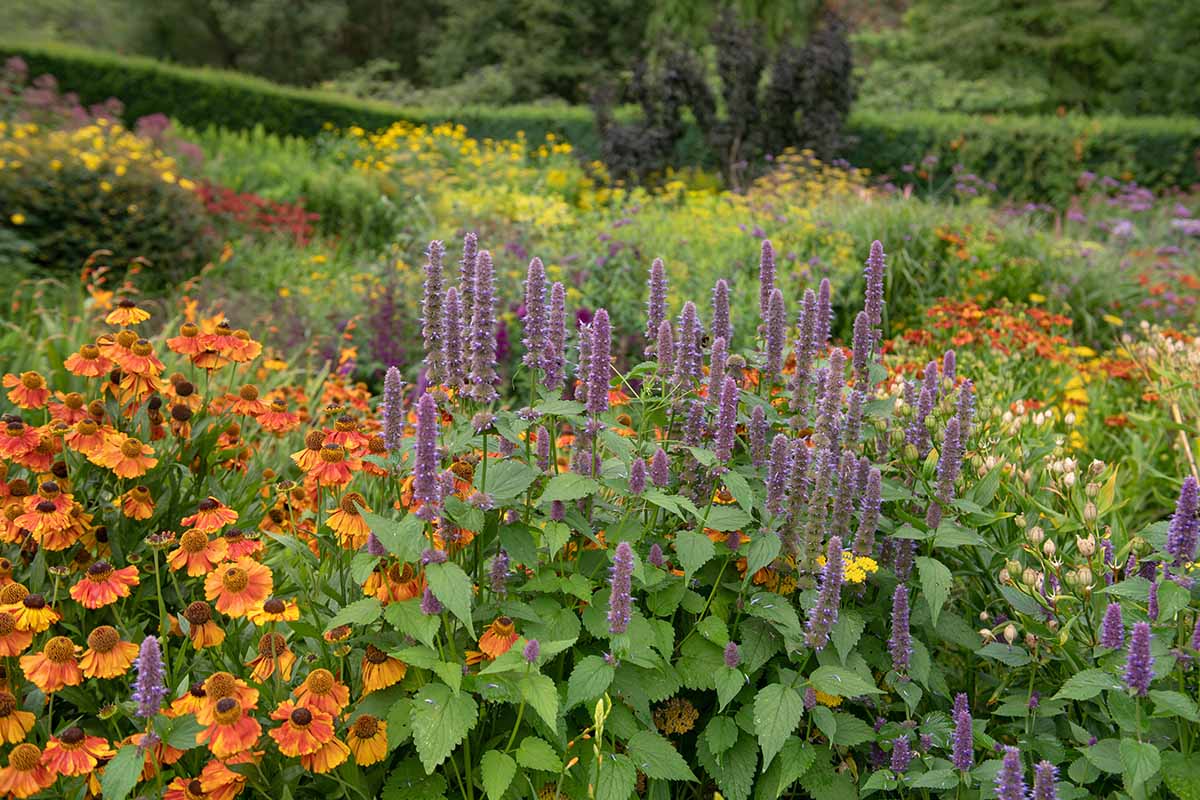

An early spring trim, pinching until summer, deadheading, and the occasional clip here and there all help to make anise hyssop an attractive and welcome garden companion.
Do you prune your anise hyssop? Have any questions about the process? Let us know in hte comments section below!
If you enjoyed this article and want to read more about growing flowers in your garden, you’ll find the following informative:

